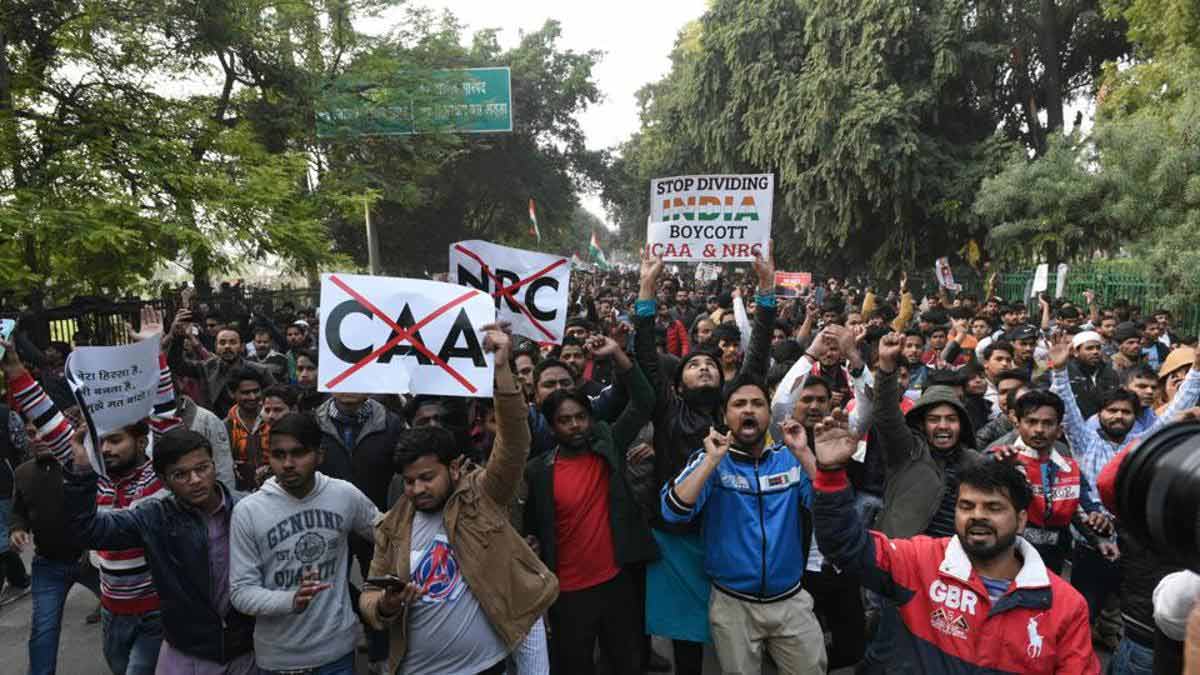Why one can’t compare Gandhiji’s Civil Disobedience Movement with the Shaheenbagh Anti CAA protest.

Gandhiji and his followers were protesting against laws passed by a Ruler who was not elected by the people of India; whereas the Anti CAA protest was essentially against the democratically elected Government’s legislation.
- The disobedience of Gandhiji was a necessity because there was neither political or judicial recourse to challenge the Rowlatt Act; whereas the Shaheenbagh protesters had access to the Constitutional Courts to challenge the CAA legislation.
Gandhiji’s Disobedience was not only an absolute necessity for challenging the legislation itself but also an effort to challenge the very legality of British Rule over India and Indians. This meant that all other aspects of public interest, such a loss of revenue, blockade of movement of public, etc. were not relevant. However, precisely because the Shaheenbagh protesters had alternative remedies, issues of public losses, and inconvenience become relevant. In fact, our Indian Courts have consistently held the issue of losses to the public at large caused by the protest of paramount importance, be it the Jaat reservation agitation in Haryana or the Maratha issue in Mumbai and Maharashtra or even lawyers going on strike.
While the right to protest is a constitutional right and must be jealously guarded as such, lawlessness and blockades in the name of protests is no longer “acceptable”. The sooner we understand and accept this reality, the better it would be for us as citizens and as a nation.
Author –
Rohit Rao N
Principal Partner, Veritas Legis

